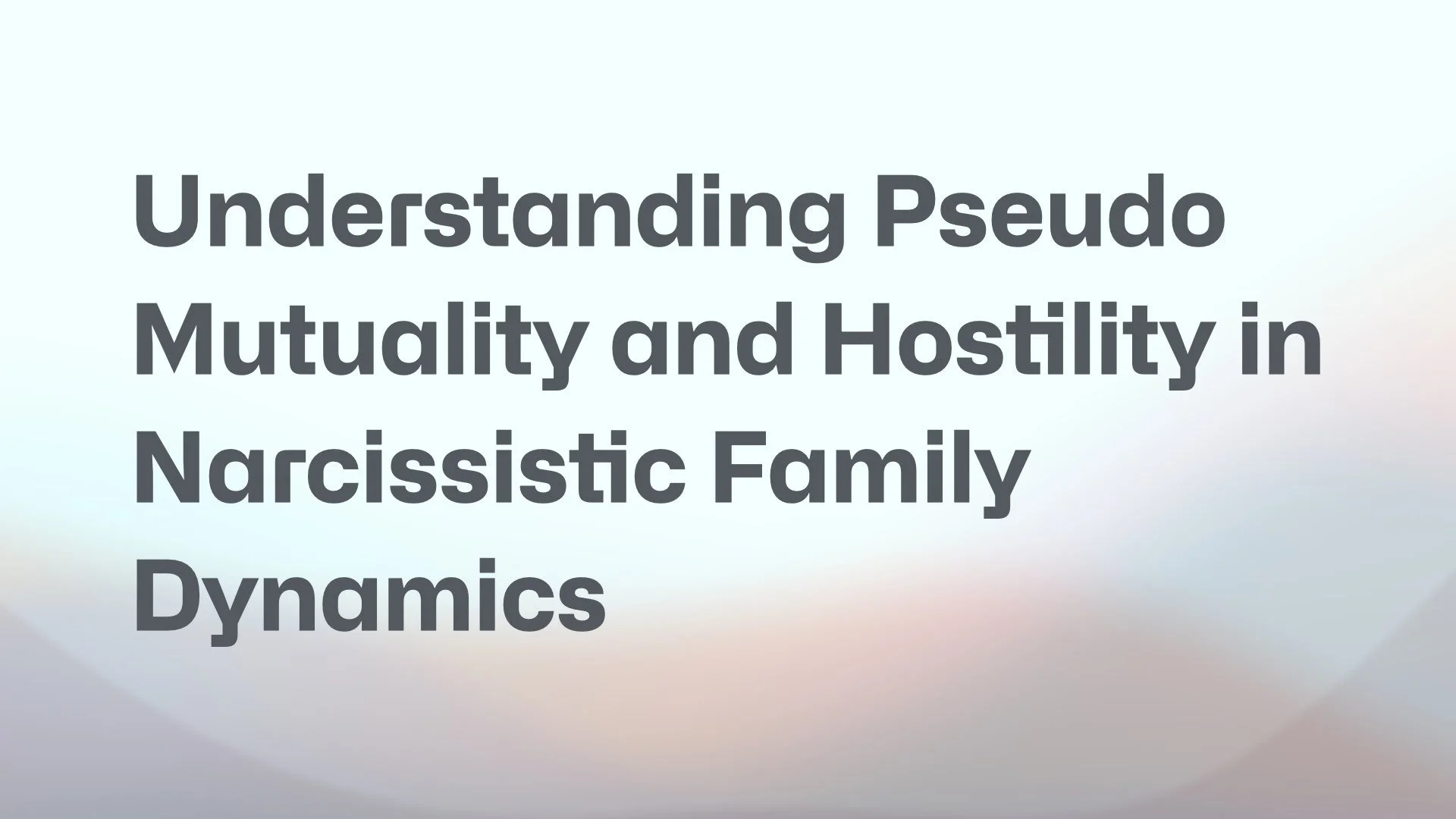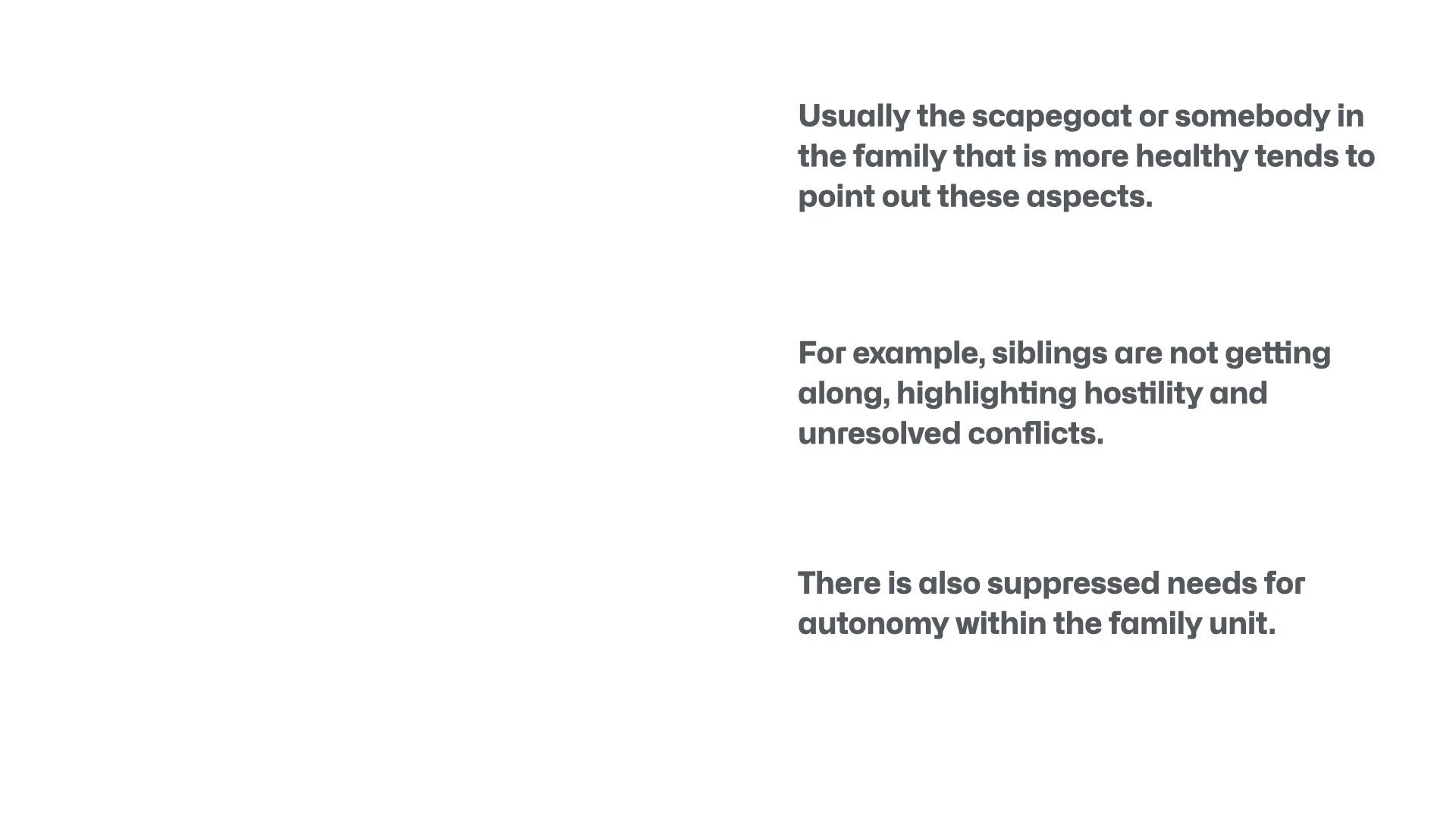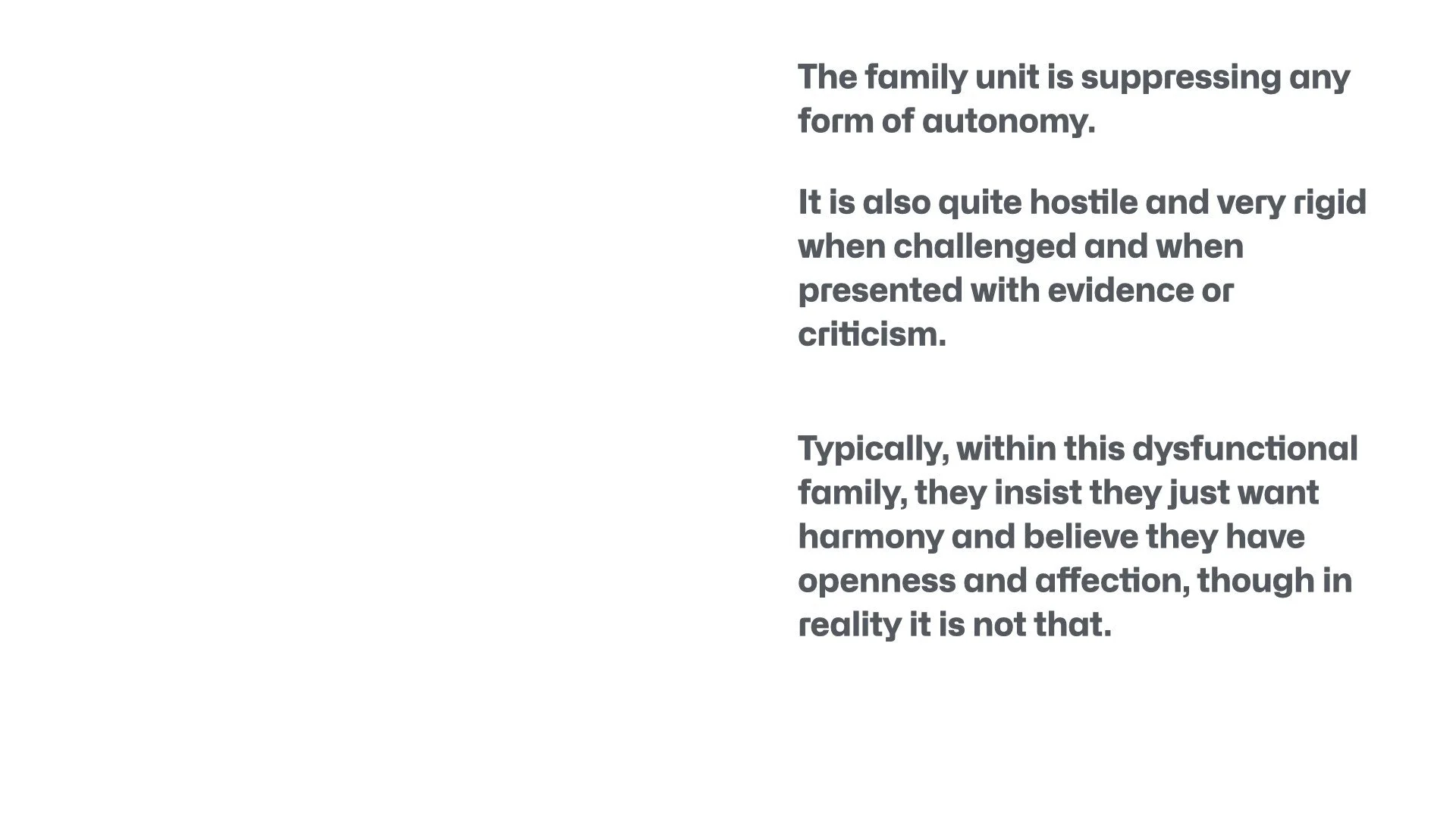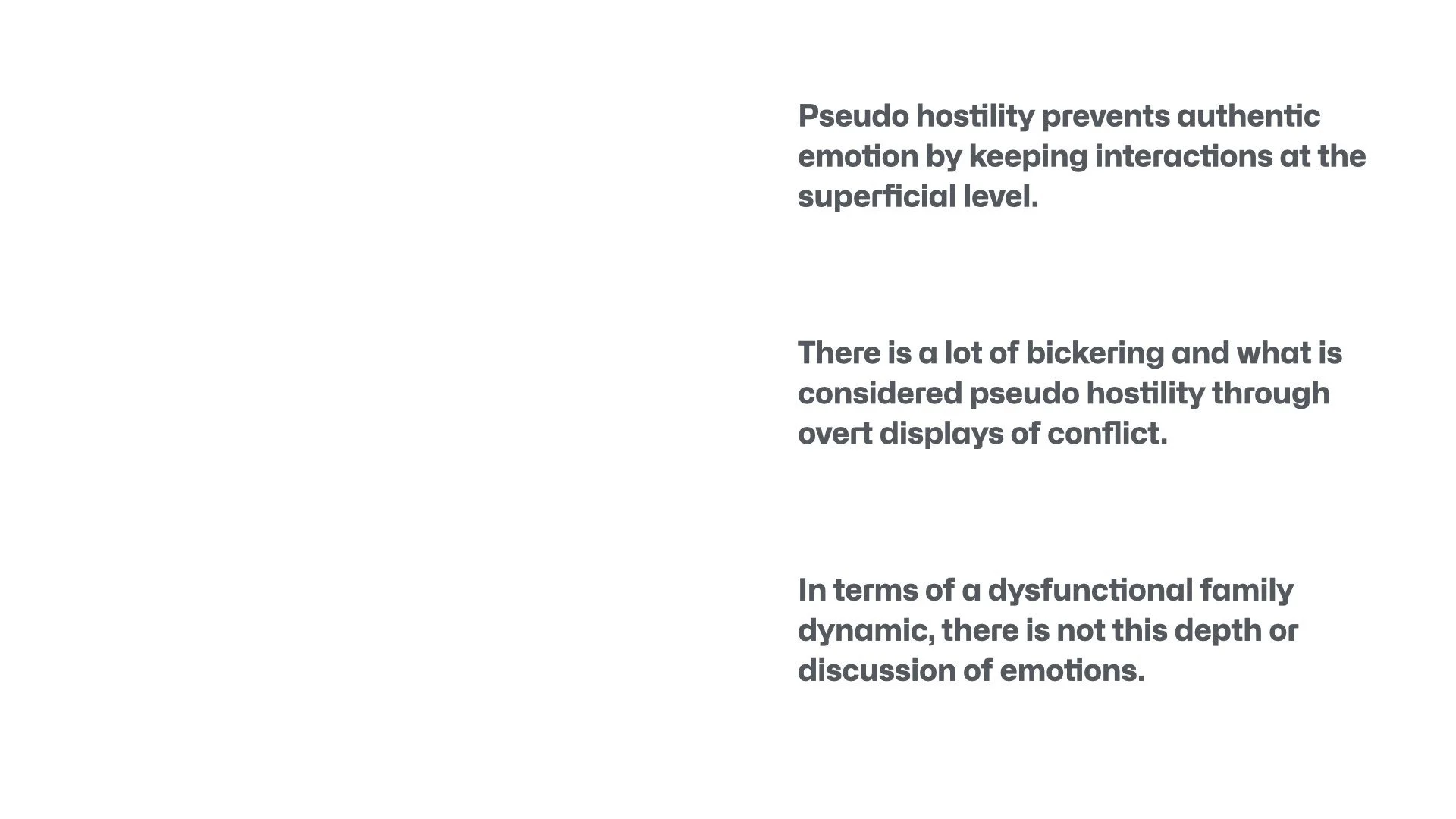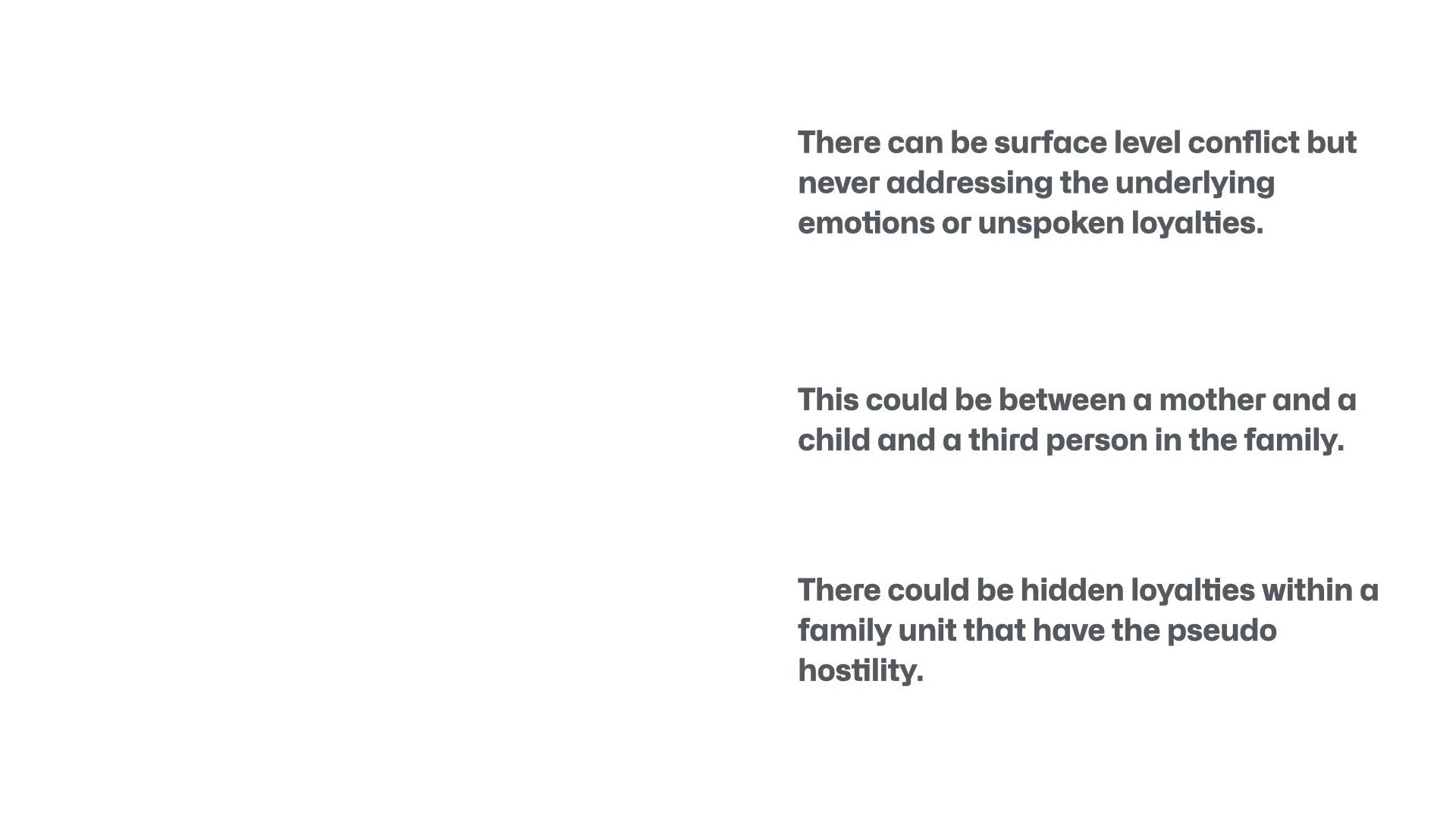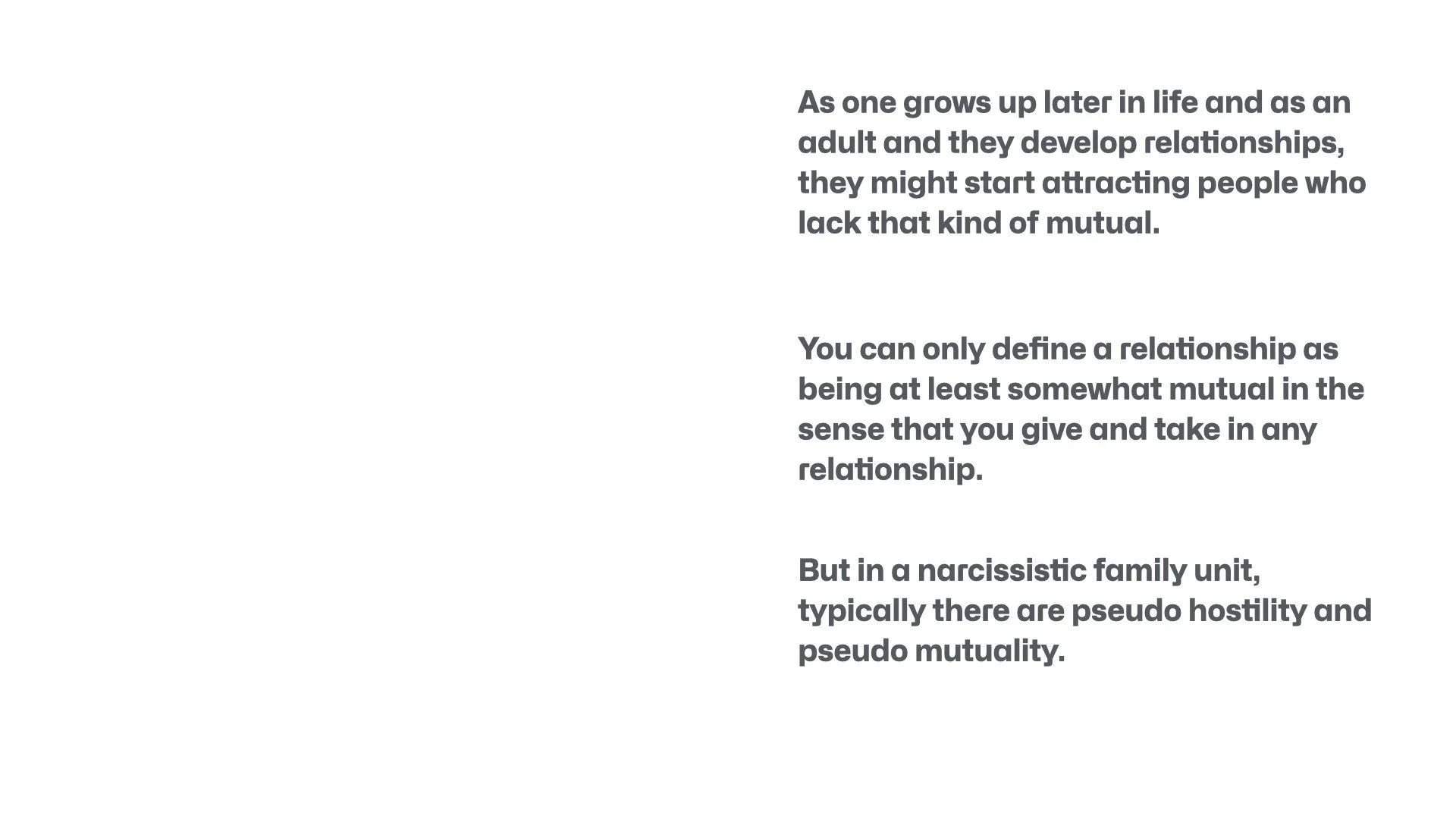Understanding Pseudo Mutuality and Pseudo Hostility in Narcissistic Family Dynamics
Introduction
In the intricate landscape of family relationships, particularly within narcissistic family systems, patterns such as pseudo mutuality and pseudo hostility often emerge, creating a superficial appearance of harmony while concealing deeper tensions. As a registered social worker and therapist based in Toronto, Ontario, I aim to elucidate these concepts to enhance awareness and understanding. These dynamics are prevalent in dysfunctional families, where the facade of openness and affection masks underlying hostility, unresolved conflicts, and suppressed needs for autonomy. By examining pseudo mutuality and pseudo hostility, individuals can gain insights into how such patterns manifest in family units, sibling relationships, and parental interactions, ultimately fostering greater clarity in recognizing narcissistic family behaviors.
Defining Pseudo Mutuality in Family Systems
Pseudo mutuality represents a superficial facade of harmony within the family dynamic. From an external perspective, there appears to be openness and affection, projecting an illusion of stability and togetherness. However, beneath this surface lies the actuality of hostility, unresolved conflicts, and suppressed needs for autonomy. This occurs frequently in narcissistic families, enforcing rigid loyalty to maintain the illusion of unity, often resembling a cult-like structure.
Any deviation from the established family narrative is perceived as a challenge, eliciting harsh criticism and defensive responses. Within such units, the scapegoat or a healthier family member may point out these discrepancies—for instance, highlighting sibling discord or underlying hostility. Yet, the family insists on preserving the perception of harmony, openness, and affection, even when reality reveals rigidity and suppression of individual autonomy. This dynamic proves challenging to navigate, as it embodies cult-like behavior where conformity is prioritized over genuine independence.
Exploring Pseudo Hostility in Dysfunctional Families
Complementing pseudo mutuality is the concept of pseudo hostility, characterized by overt displays of conflict, such as constant arguing and bickering. These surface-level disputes serve as distractions from deeper vulnerabilities or unspoken coalitions within the family, preventing authentic emotional exchanges by confining interactions to superficial levels. In essence, pseudo hostility avoids addressing underlying emotions or hidden loyalties, such as those between a parent and child that exclude other family members.
This pattern is something to consider in dysfunctional family dynamics, where discussions rarely delve into emotional depths, instead remaining mired in trivial conflicts. As individuals mature and form adult relationships, they may inadvertently attract partners or colleagues who exhibit similar lacks of mutuality, perpetuating the cycle of pseudo hostility and superficial engagement.
The Broader Impact on Adult Relationships and Personal Growth
Individuals raised in environments dominated by pseudo mutuality and pseudo hostility often find themselves drawn to similar dynamics in adulthood. These patterns become familiar, leading to attractions toward relationships lacking true mutuality—defined as a balanced give-and-take. In narcissistic family origins, the emphasis on perceived harmony at all costs, coupled with underlying hostility, conditions individuals to tolerate such imbalances in friendships, work environments, or romantic partnerships.
They may internalize the notion of unconditional love that demands acceptance without challenge, avoiding any disruption to the status quo. This can result in feelings of confusion and gaslighting, as the individual recognizes the dysfunction but faces denial from the family system. Over time, this leads to a cult-like denial of truth, where acknowledging conflicts threatens the fragile illusion.
Strategies for Breaking the Cycle and Fostering Authentic Connections
Recognizing these patterns—pseudo mutuality as a fake harmony and pseudo hostility as superficial conflict—is essential for personal empowerment. As one gains independence in adulthood and points out these dynamics, the narcissistic family unit may resist, often necessitating boundaries such as no contact or limited contact. However, this is not always required; some individuals navigate the system by coming to terms with it internally.
If these experiences persist without acknowledgment or truth-telling, countering them becomes arduous, as the family remains in denial. Awareness of how pseudo mutuality and pseudo hostility manifest in siblings, parents, or broader family interactions can help mitigate confusion and gaslighting. It equips individuals to seek environments where genuine emotional exchanges and mutual respect prevail.
For those identifying as family scapegoats navigating these narcissistic dynamics, consider enrolling in my Scapegoat Recovery Course bundled with the Design Your Personal Manifesto Course. This comprehensive program supports healing and personal empowerment—learn more here.
Conclusion
In summary, pseudo mutuality and pseudo hostility are pivotal concepts in understanding narcissistic family dynamics, offering a lens to view the deceptive harmony and distracting conflicts that undermine authentic relationships. By becoming attuned to these patterns, individuals can shift toward healthier interactions, breaking free from cycles of dysfunction. This awareness not only illuminates past experiences but also guides future connections, promoting true mutuality and emotional depth in all relationships. Reflect on how these dynamics may appear in your own life, and take proactive steps toward authenticity and well-being.




